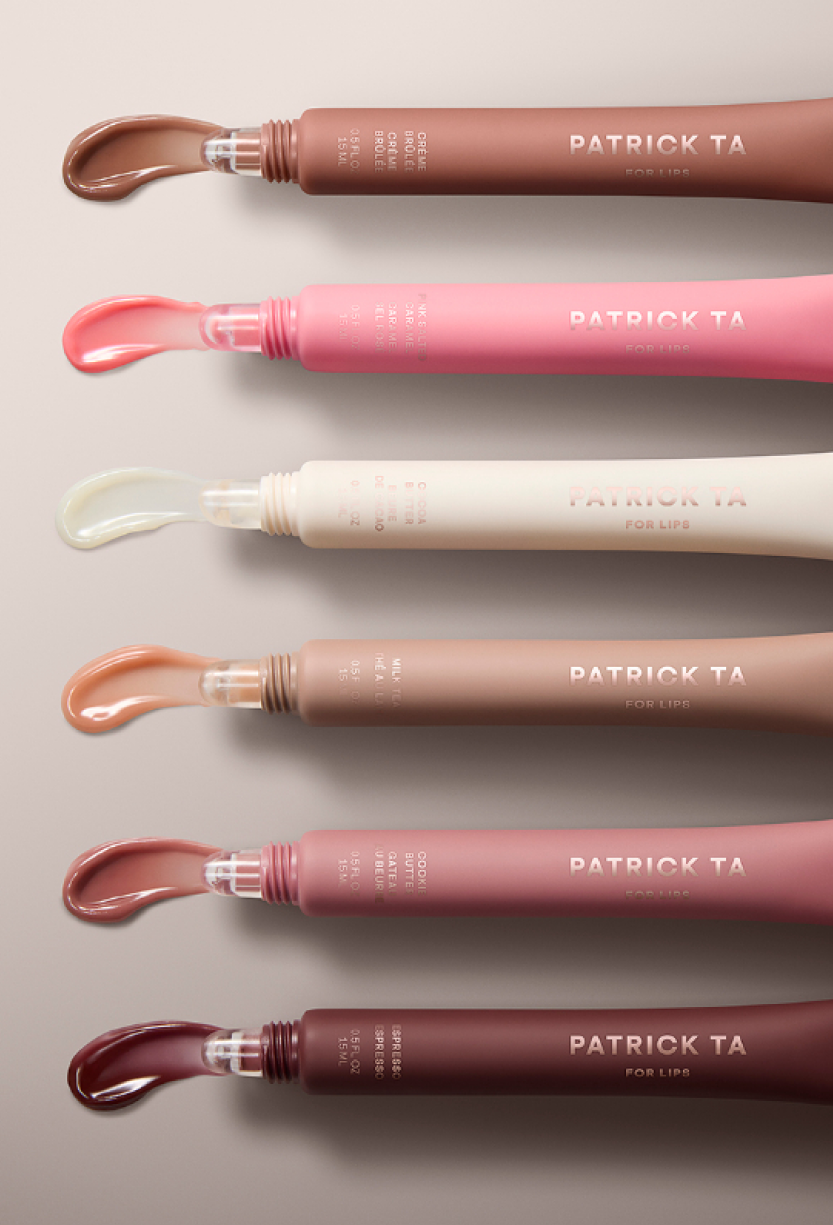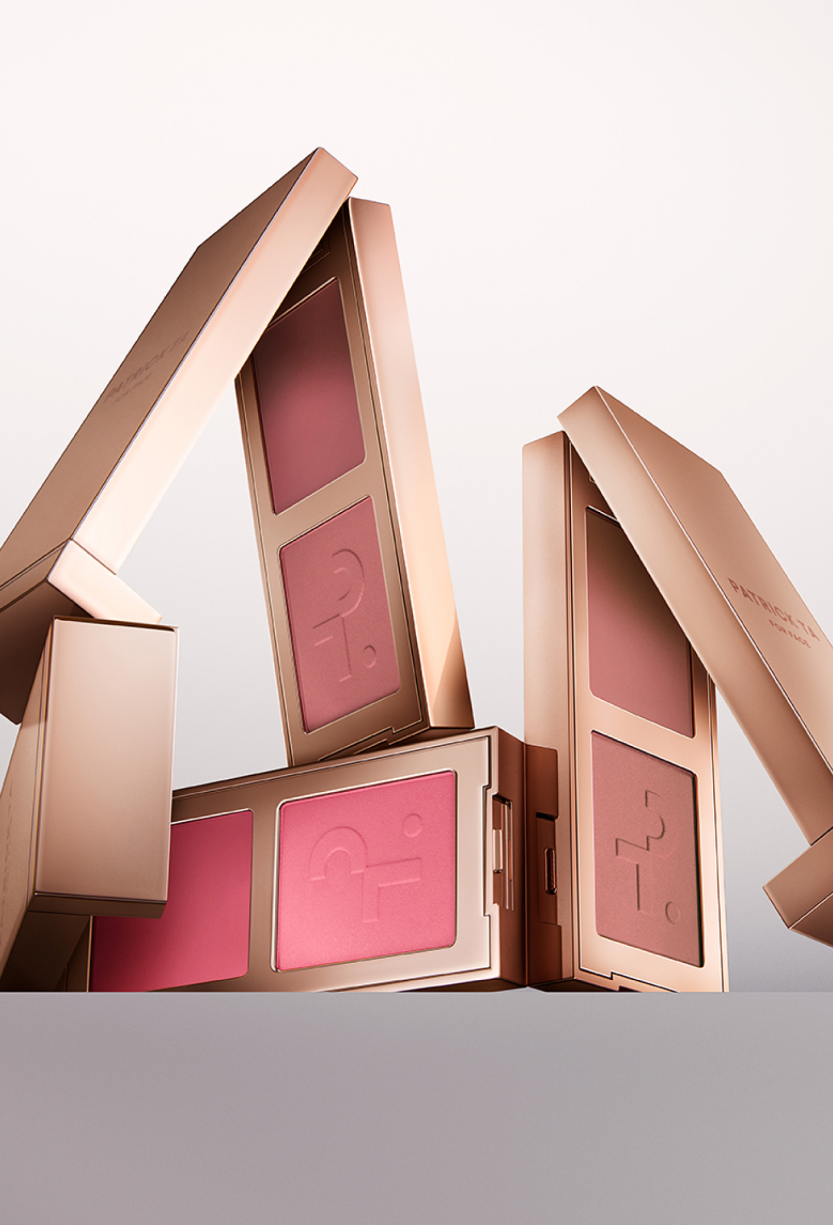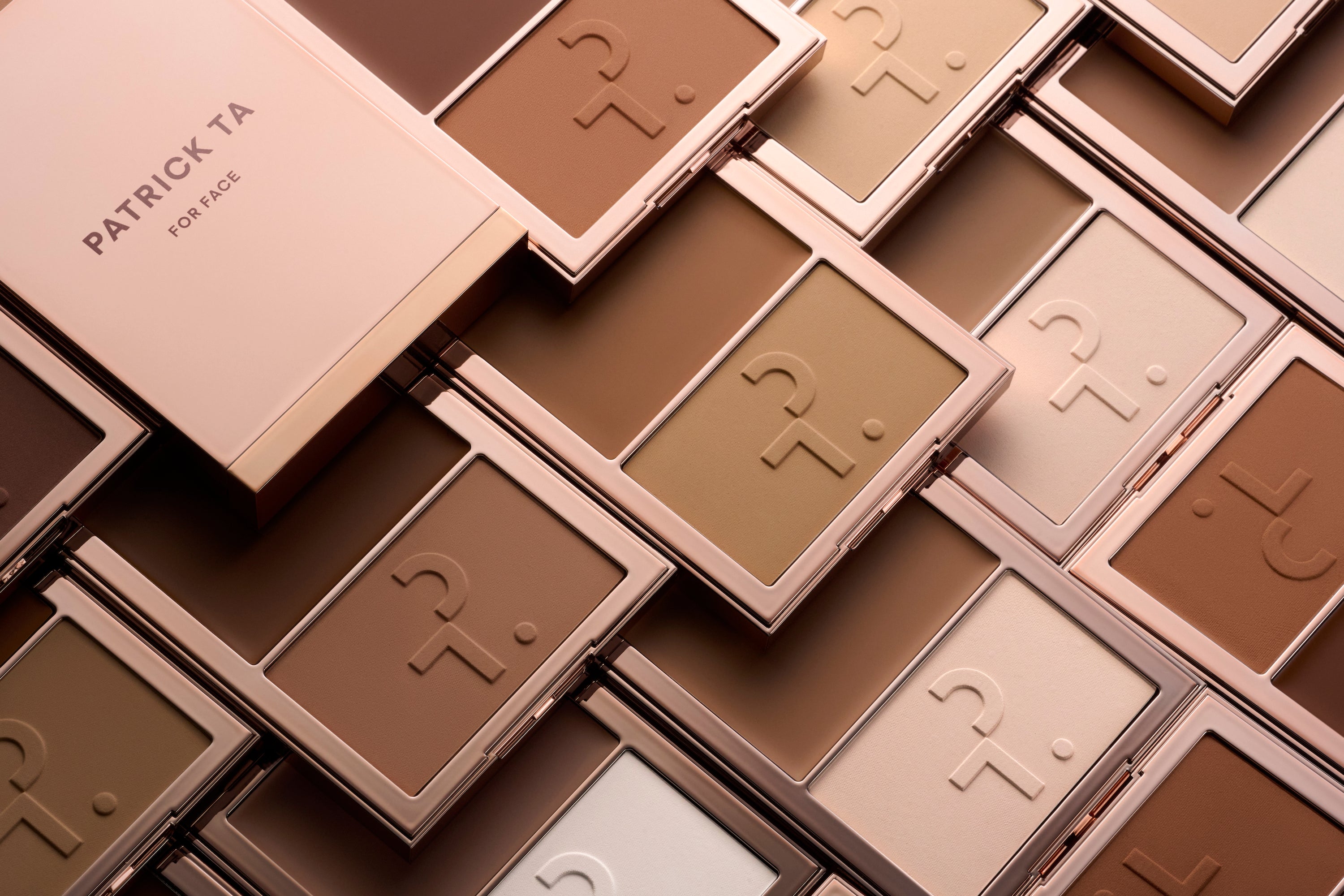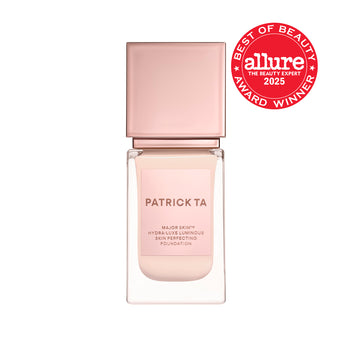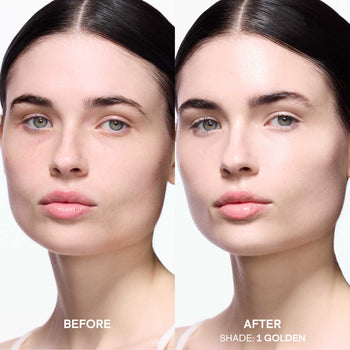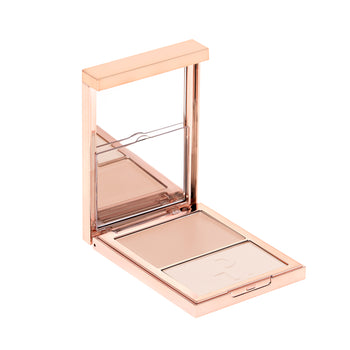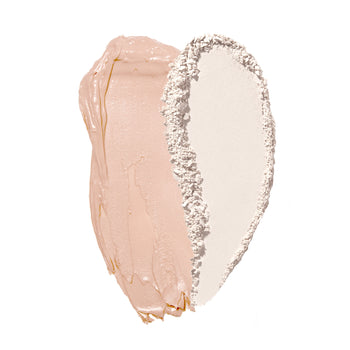How to Choose a Foundation Color for Your Skin Tone
One thing is universally true in the makeup world: every beauty aficionado needs a liquid foundation that perfectly matches their complexion. Consider this your ultimate guide on how to pick the right foundation shade for the most seamless, natural-looking makeup possible.
How Do I Match My Foundation Color?
To find your foundation color match, you’ll first need to identify both your skin tone and undertone. From there, you’ll narrow down your options to the shades that seem to best fit your complexion, swatching them on your skin to find your ideal foundation.

Figure Out Your Skin Tone
Your skin tone is the overall color of your complexion. While there is a huge range of skin tones, they are categorized into four main groups: fair, light, medium, and dark. Most foundations on the market use these terms to guide customers to their closest match.
Wondering how to determine your skin tone for makeup? One of the easiest ways to identify your skin tone is by reflecting on how your skin responds to sun exposure. Fair skin tones don’t tan and burn incredibly easily, whereas light skin tones may be able to get a bit of a tan, but are also prone to burning. Medium skin tones tan easily and don’t typically burn, while dark skin tones tan very easily and rarely burn.
Beyond studying your skin’s response to sun exposure, you can also take a look at your jaw, where your skin tone is typically most even. The key is looking at your complexion under natural light. Artificial lights can make the skin appear lighter or darker than it actually is, so you’ll get the most accurate reflection of your actual skin tone by looking at it under natural light.
Determine Your Skin’s Undertones
For the most part, people can understand the concept of skin tone and match it to a foundation. But here is where people seriously go wrong: they neglect to also consider their undertones. While it may not seem that important, a foundation that isn’t in line with your undertones will look unnatural on your skin.
Compared to your skin tone, your undertones are much more subtle. They are the colors beneath the surface of your skin that give your complexion its own specific look. They are broken up into three main categories: cool (blue, red, or pink hues), warm (yellow, gold, or peach hues), and neutral (a combination of both warm and cool hues).
Skin tone is undeniably much more noticeable to the naked eye, but you can still determine your undertones on your own. The easiest and most accurate test is to look at the color in your veins. Someone with cool undertones will have blue or purple veins, whereas someone with warm undertones will notice more of a green hue. If you have neutral undertones, you’ll see a mix of these colors.

Test Shades
Once you’ve determined your skin tone and undertones, you can begin to pick out foundation colors that seem to match your complexion. Most foundations will be categorized by both the skin tones and undertones they match, so you’ll easily be able to find your closest shades. From there, you can test out your potential matches on your skin using one of the methods below to find the formula that seamlessly blends into your complexion for natural-looking results.
1. The Face Method
Here’s one super easy way to test your foundation: apply it directly to your face. You’ll want to pick an area towards the center of your face, and blend the formula outwards. If the color combines naturally with your skin, you’ve found your color. Before you commit, be sure to analyze the foundation under different lighting conditions to confirm it truly fits your skin.
2. Swatched Method
Alternatively, if you want to compare a few different colors at once, try swatching your foundation options on your skin. To get the most accurate match, you’ll want to either apply your formulas on your jaw or on your chest. Simply apply a short line of each option, and compare the different shades to determine which best fits your complexion.
What Level of Coverage Do I Need?
So we’ve covered how to match foundation to your skin tone and undertones. However, there’s more to finding your right foundation than just getting a spot-on color match. You’ll also need to look for a formula that gives you your desired coverage.
Looking for a full-coverage foundation that lasts all day? Make sure you’re choosing a long-wear foundation that gives you that flawless coverage you’re after. Alternatively, you might want to go for more of a sheer formula that you can build to your desired coverage for a bit more versatility.

Matte vs Dewy Skin Type
One last factor you’ll want to consider is the finish of your foundation. In general, this will be influenced by your skin type. Those with oilier skin will typically opt for a matte foundation, as dewy foundations can sometimes feel too rich for this skin type. Matte foundations will also help minimize shine. On the other hand, dewy foundations work well with normal and dry skin types, which can benefit from that extra dose of moisture from their foundation.
Change Your Shade Depending on the Season
An important thing to keep in mind is that one foundation shade likely won’t match your skin year-round. Our skin tone fluctuates throughout the year—your summer skin likely isn’t exactly the same as your winter skin.
While you might not have super noticeable fluctuations in your skin tone, even a foundation that is just a shade lighter or darker than your current skin tone can look off. Keeping that in mind, throughout the year you’ll want to assess your current foundation to see if you need to change the shade.
Once you’ve found the right foundation for your skin, the possibilities are endless. With a formula that matches your tone, undertones, skin type, and coverage needs, you can take your makeup artistry to the next level.
@patricktabeauty
@patricktabeauty
